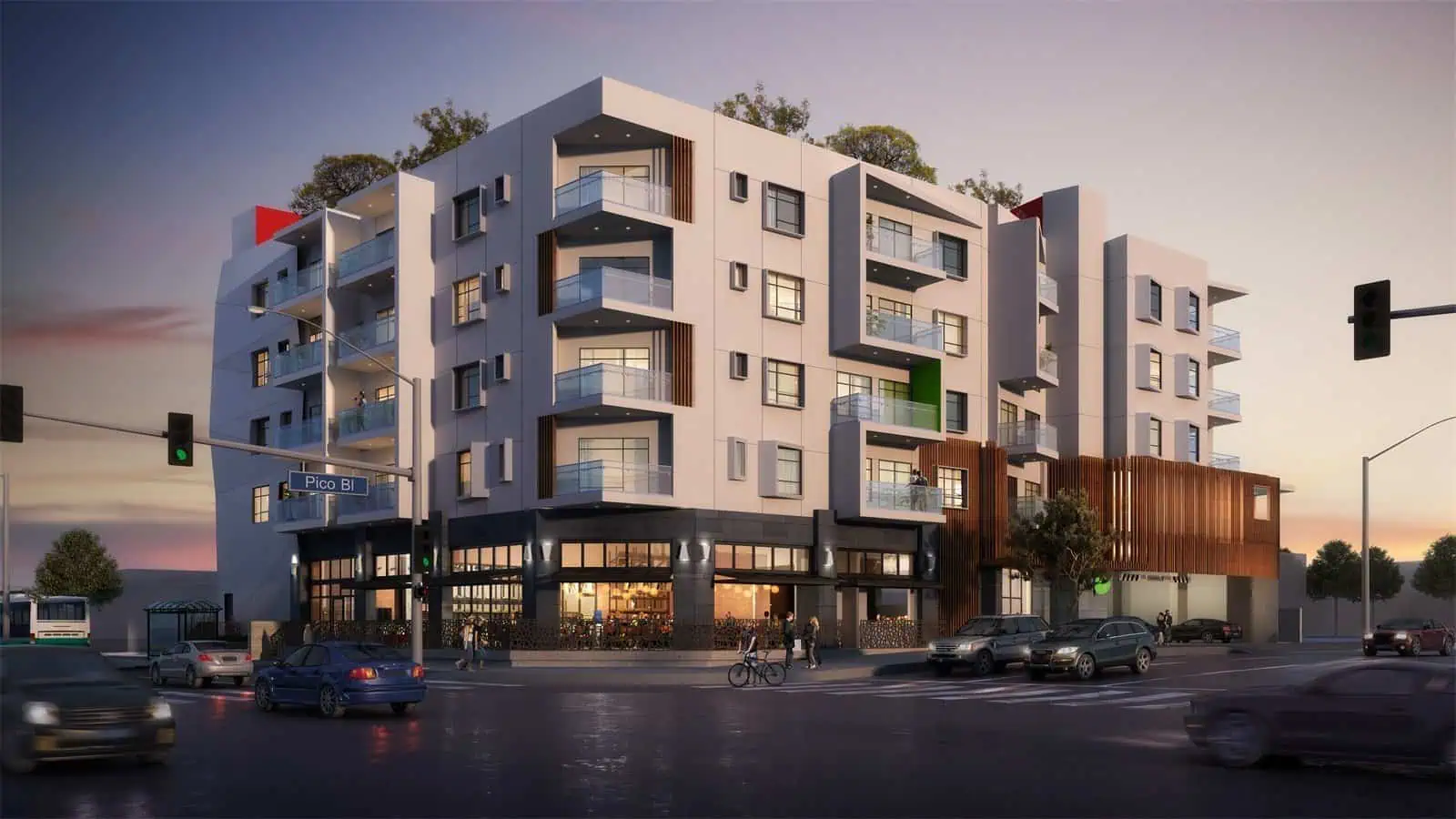Landscape architecture is the design of outdoor spaces, both public and private. It involves the planning, analysis, and management of land resources. Landscape architects work with a variety of natural and built elements to create functional, sustainable, and beautiful outdoor spaces. Rendering is an important tool for landscape architects. It allows them to communicate their ideas to clients and other stakeholders. A good rendering should be accurate, realistic, and clear. It should also be visually pleasing. There are many different software programs that can be used for rendering. Some of the most popular ones include 3D Studio Max, Rhino, and SketchUp. In this blog post, we will take a look at three different landscape architecture renderings. We will discuss their strengths and weaknesses, and we will also provide some tips on how to create a good rendering.
What is landscape architecture?
Landscape architecture is the art and science of designing and creating outdoors spaces. It can involve anything from designing a small backyard to creating a new park or public plaza. Landscape architects use their knowledge of plants, terrain, and other natural features to create functional and visually appealing designs.

The different types of landscape architecture
There are many different types of landscape architecture, each with its own unique features and benefits. Here are some of the most popular types:
- Traditional landscape architecture: This is the most common type of landscape architecture, and it typically features traditional design elements such as manicured lawns, symmetrical planting beds, and formal gardens.
- Contemporary landscape architecture: This type of landscape architecture is becoming increasingly popular, and it often features more modern design elements such as native plants, naturalistic planting beds, and sustainable materials.
- Urban landscape architecture: This type of landscape architecture focuses on creating functional and beautiful spaces in urban areas. Common features include public parks, pedestrian walkways, and community gardens.
- Rural landscape architecture: This type of landscape architecture focuses on creating functional and beautiful spaces in rural areas. Common features include working farms, country estates, and nature preserves.
The history of landscape architecture
The history of landscape architecture can be traced back to ancient times, when people first began to manipulate their surroundings to suit their needs. Over the centuries, landscape architects have developed a number of different techniques for designing and managing landscapes.
One of the earliest examples of landscape architecture is the Ancient Egyptian practice of geomancy, which was used to align buildings and other structures with the celestial bodies. This helped to create a sense of harmony between humans and the natural world.

In China, the philosophy of feng shui was also used to shape the landscape. This involved creating an environment that was in balance with the five elements: earth, water, fire, metal, and wood.
During the Renaissance period in Europe, many great artists and architects such as Leonardo da Vinci and Michelangelo Buonarroti made important contributions to landscape design. They began to experiment with perspective and use mathematical principles to create more realistic views of landscapes.
In the 18th century, Lancelot ‘Capability’ Brown became one of the most famous landscape architects in England. He pioneered a new style of landscape gardening that sought to naturalize man-made features by incorporating them into a more natural setting.
Today, landscape architects continue to push the boundaries of their field. They are using new technologies such as 3D rendering and GIS (geographic information systems) to create ever more realistic and detailed designs. At the same time, they are also working on
The benefits of landscape architecture
When it comes to landscape architecture, the benefits are plenty. For starters, it can help improve the aesthetic value of your property. A well-designed landscape can also increase the curb appeal of your home and make it more inviting to guests. Furthermore, landscaping can also help increase the value of your home.
A well-designed landscape can also be beneficial to the environment. Properly placed trees and plants can help reduce noise pollution and provide natural cooling for your home. They can also act as a windbreak, preventing soil erosion and helping to keep your yard healthy. In addition, landscaping can help reduce stormwater runoff and prevent flooding.
Finally, a beautiful landscape can simply make you feel good. Studies have shown that being in nature or even looking at pictures of nature can reduce stress levels and promote a sense of well-being. So, if you’re looking for ways to improve your property and your wellbeing, consider investing in landscape architecture!

Landscape architecture rendering
In landscape architecture, a rendering is a drawing of how a future space will look. This type of drawing can be used to communicate the proposed design to clients or other decision-makers, as well as to visualize the final product for oneself.
There are different types of renderings that landscape architects may use, depending on the project at hand. For instance, Perspectives are typically used when presenting an overall design concept, while Axonometrics can be used to show the relationships between different elements in a space. In any case, the goal is always to create a realistic and accurate representation of the future landscape.
To create a landscape architecture rendering, one must first have a clear understanding of the site and the proposed design. Once this is established, various drawings and models can be created to communicate the idea. The process often begins with simple sketches before moving on to more detailed computer-generated images (CGI).
Creating a successful landscape architecture rendering requires both artistic talent and technical skill. A good rendering should be realistic enough to give viewers a clear sense of what the final space will look like, but also convey the designer’s vision for the project. With practice, anyone can learn how to create beautiful and inspiring renderings that bring landscapes to life.

Conclusion
We hope you enjoyed this introduction to landscape architecture rendering. As you can see, there are a lot of different elements that go into creating a beautiful and realistic rendering. If you’re interested in learning more about landscape architecture rendering, be sure to check out our other articles on the subject.




